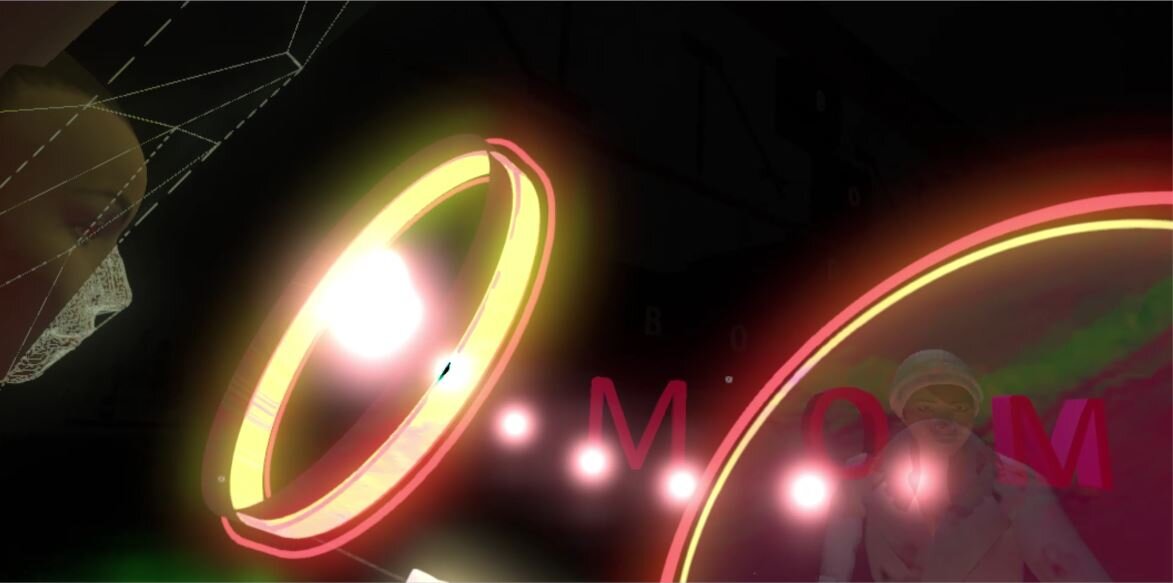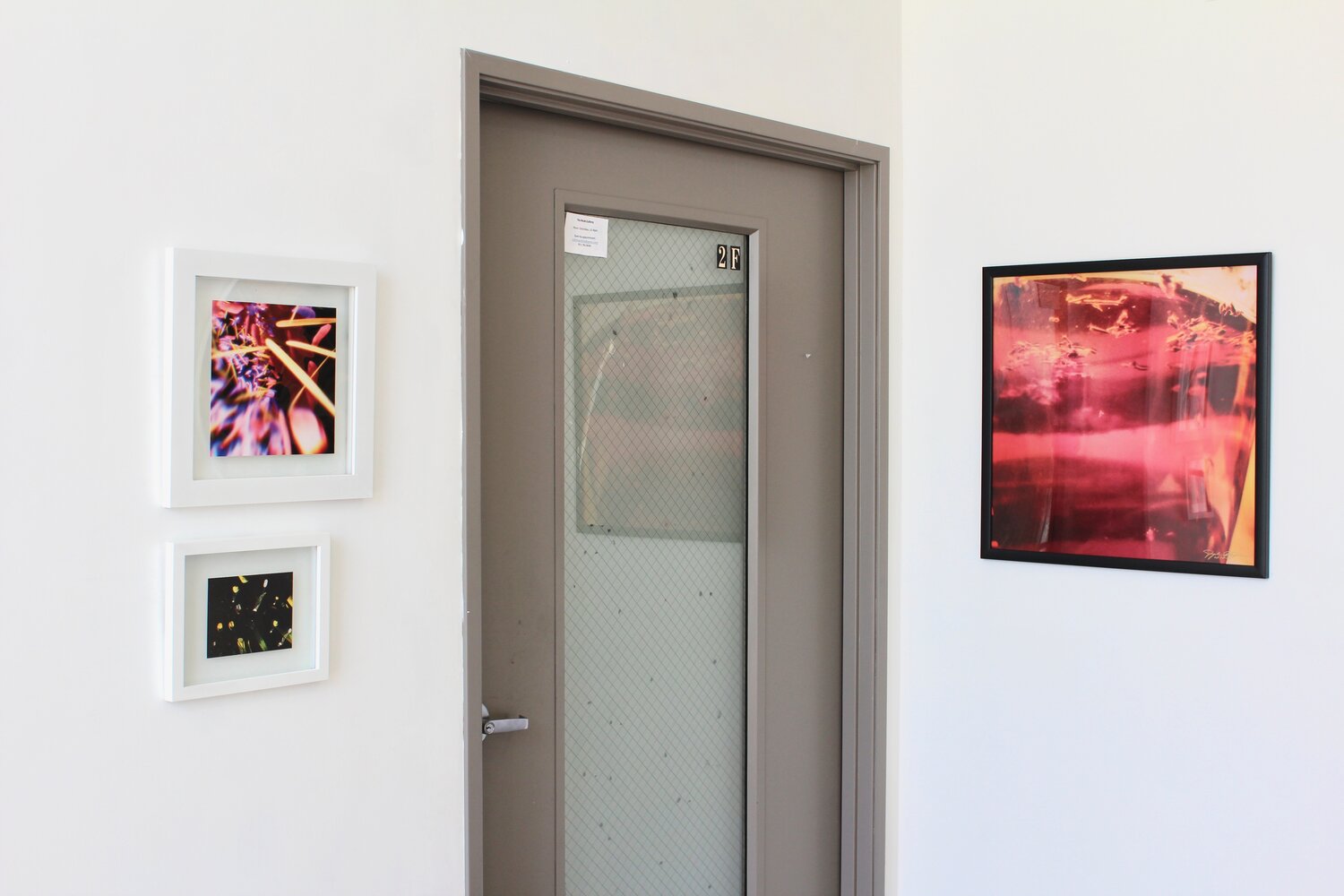Featured Artists: Ian Hagarty, Eric Dwight Hancock, Kate Parsons, Janna Avner, Jacqueline Bell Johnson, Atley Loughridge and Kristin McWharter.

Locating Form in Virtual Spaces exhibits figurative abstractions that consider how form is constructed in virtual, augmented reality and other software: featuring paintings and prints by Ian Hagarty, Eric Dwight Hancock, Kate Parsons, Janna Avner, Jacqueline Bell Johnson, and virtual reality and video art by Atley Loughridge and Kristin McWharter. The works explore three–dimensional illusions for unrealistic and realistic depictions of specific and non–specific content. Challenging and interfacing with new mediums, these pieces explore image representation to probe the imagination and elicit emotional and psychological responses.
Exhibition themes: works grapple with transhumanism, how humans impact perceptions of the natural world, and the artistic compulsion towards non-verbal languages. Works present software renderings to acknowledge futurism in primitive technologies: paintings acknowledging the shaky pixilation quality in virtual reality and / or in the building blocks of digital photography. The effect of this curation is in part technical: paintings may glow like computer screens and computer screens may glow like paintings. While primarily exhibiting two-dimensional works on canvas, the exhibition is presents digital video and virtual reality. Two-dimensional works incorporate oil paint, acrylic paint, cyanotypes, refraction gradients (holograms), geometric pigment, metallic spray paint, resin or other reflective/ multi-reflective mediums.
While most of the artworks comprise more traditional mediums of oil or acrylic on canvas, terminology like “painterly”—reinforced by the conceptual marketplace and pluralistic discourses— are observed and challenged. The pursuit to understand art through linguistic pedagogies, finds its own unique issues in meaning formation. Sometimes the splendor of visuals is enough on its own terms and does not require further explanation of its internal mechanisms.
Writings: Janna Avner, ed. Richelle Gribble | Photo Credit (below): Richelle Gribble




